Warning. Some of these images may contain photos of deceased Aboriginal people.
I had a feeling the tree was no longer standing. I went up to the summit to check, and sure enough, marking the passing of a tumultulous era, it had fallen; no doubt due to the combination of the rotting trunk and recent high winds.
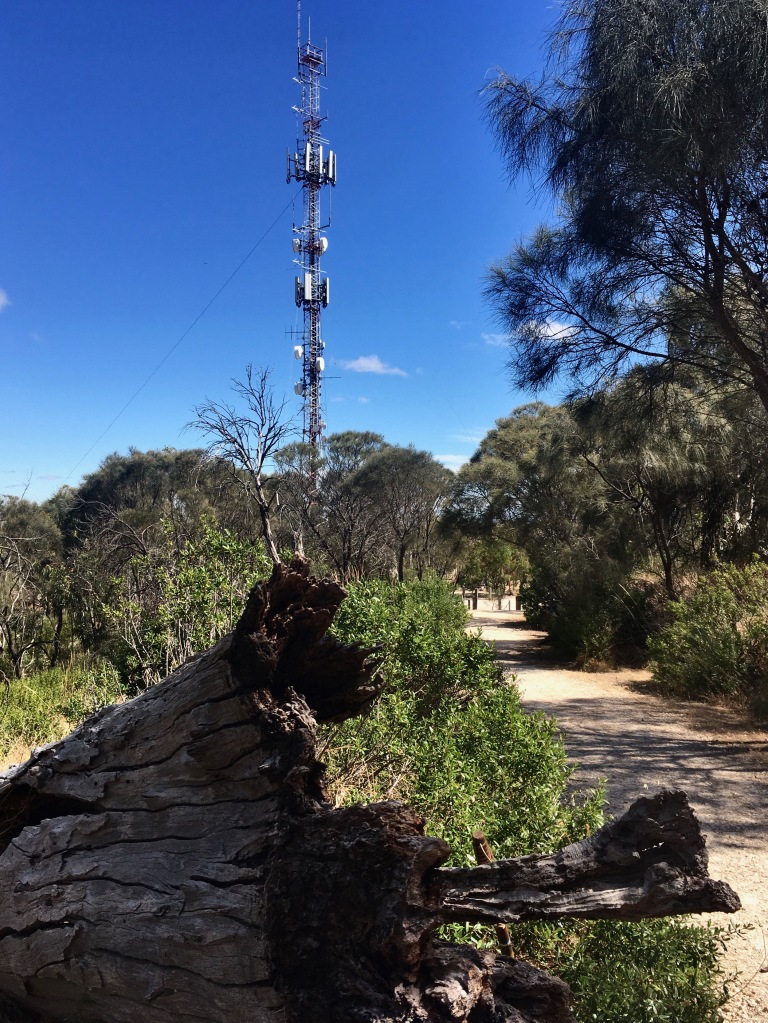
Situated some fifty metres up from the parking area on what is now the walking track, this humble but noble tree had sheltered the motley crew of Aboriginal activists, environmentalists, and unionists who had dared to make a stand against the cold-hearted bureaucrats who showed their contempt for Womma Mu Kurta, (Mount Barker Summit) back in 1984.
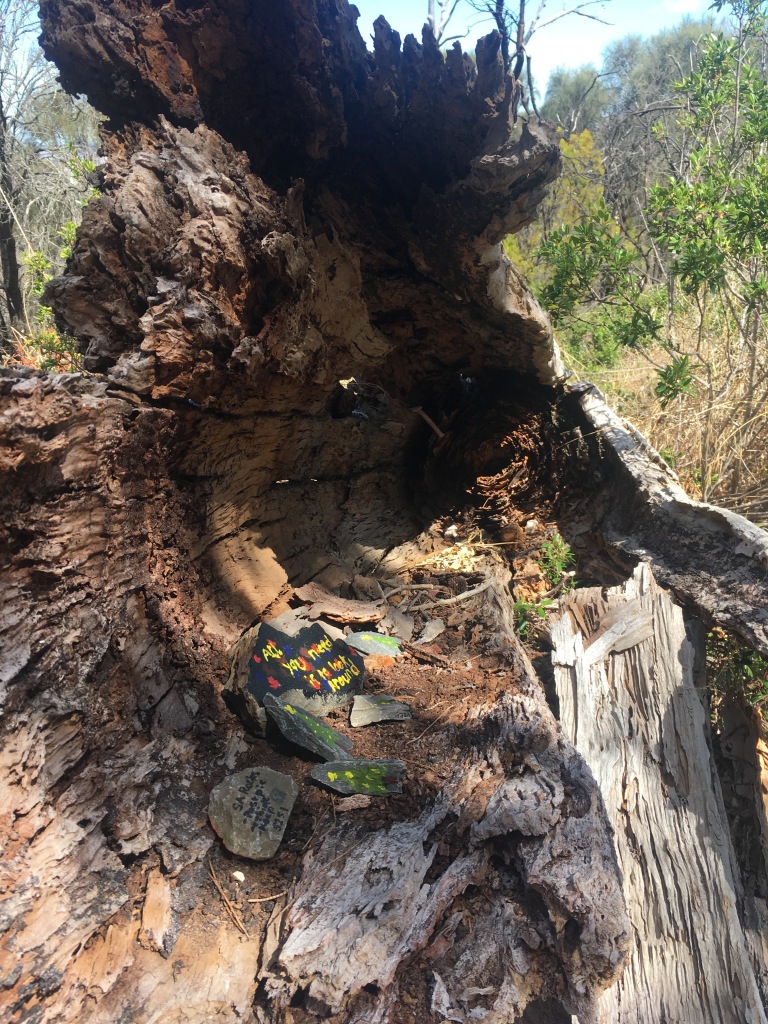
It was principally the police department who wanted the tower built, although other participants would be adding their accoutrements along the way. The Mount Barker Council initially indicated their objection to a tower being erected on the summit, and particularly to the request, (if it could be called that) to place it on the very top of the summit. The authorities made it clear that the Council had no power to deny the tower, but that they would place it on the upper car park instead of on the very top.
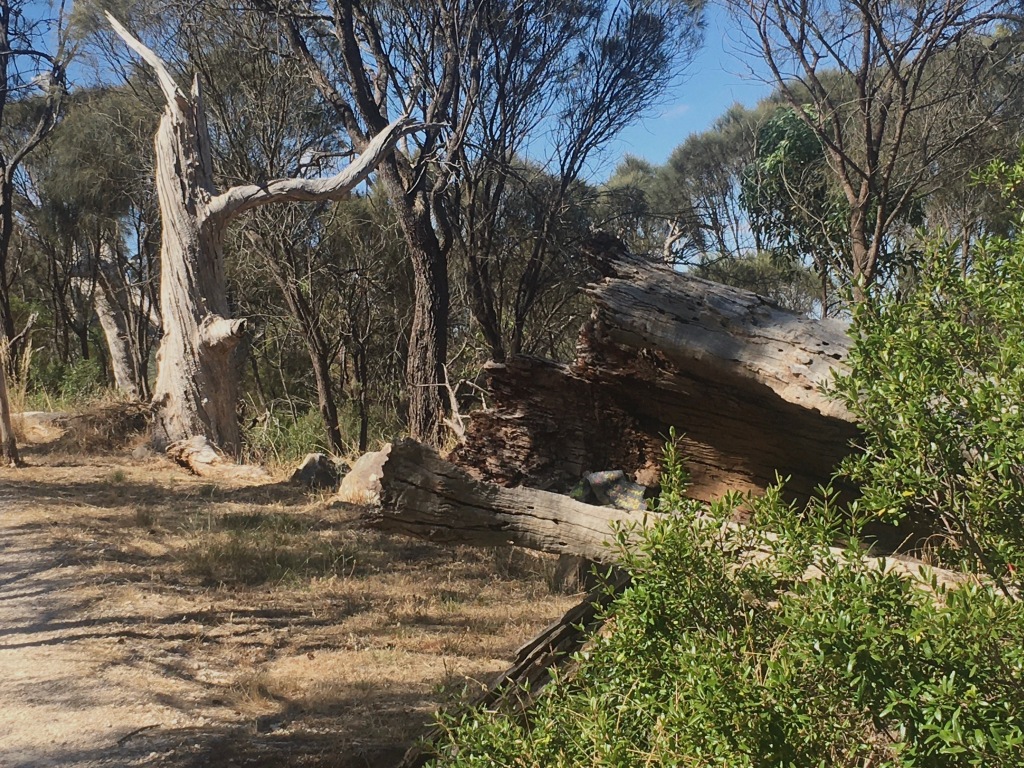
Thus, without Council approval, without public notice, and a small article in the Mount Barker Courier announcing the proposed erection of a tower but without any substantive details, a trench was ripped alongside the access road for the laying of a power line, and an excavation commenced on the upper car park.
As a local environmental activist and a lover of the summit, I thought it fair enough to try to find out more details about the size, the use of, and indeed the need for the tower to be placed on such a beautiful and peaceful site, but so arrogant were the authorities that they pushed on with the project without deigning to communicate in any way with the locals.
I contacted a firebrand activist I knew, called Aurora Moore, and we decided to organise a public meeting in the Littlehampton Hall, to which we invited the Police, the Council, the Department of the Environment and the general public to attend. They all declined to be officially represented.
Aurora then appeared on television and in the newspapers claiming that the summit was a sacred site. Now all hell broke loose. Soon it became clear that before our public meeting occurred, the base for the tower on the upper car park would be poured, and there would be no going back.
A couple of days before the meeting I called in one evening to see Aurora. She told me that she had addressed the monthly meeting of the the United Trades and Labour Council of South Australia, and begged them to help protect the onslaught on the summit. She was informed that if a picket line could be organised, the BLU would put a hold on the work, pending an examination of the Aboriginal claims.
To my amazement, she also told me that she had been in touch with Aboriginal Legal Services, and that that very night, a group were coming up to her house at Mount Barker, and could I kindly show them up to the summit when they arrived.
Thus the next morning, under the tree I have referred to, and blocking access to the upper car park, the workmen were confronted by the famous Police Tracker Jimmy James, the artist Bluey Roberts, the historian Paul Smith Kropinyeri, and their families. Wurlies had been erected, warming and cooking fires lit, and a large Aboriginal flag was stretched proudly across the road.
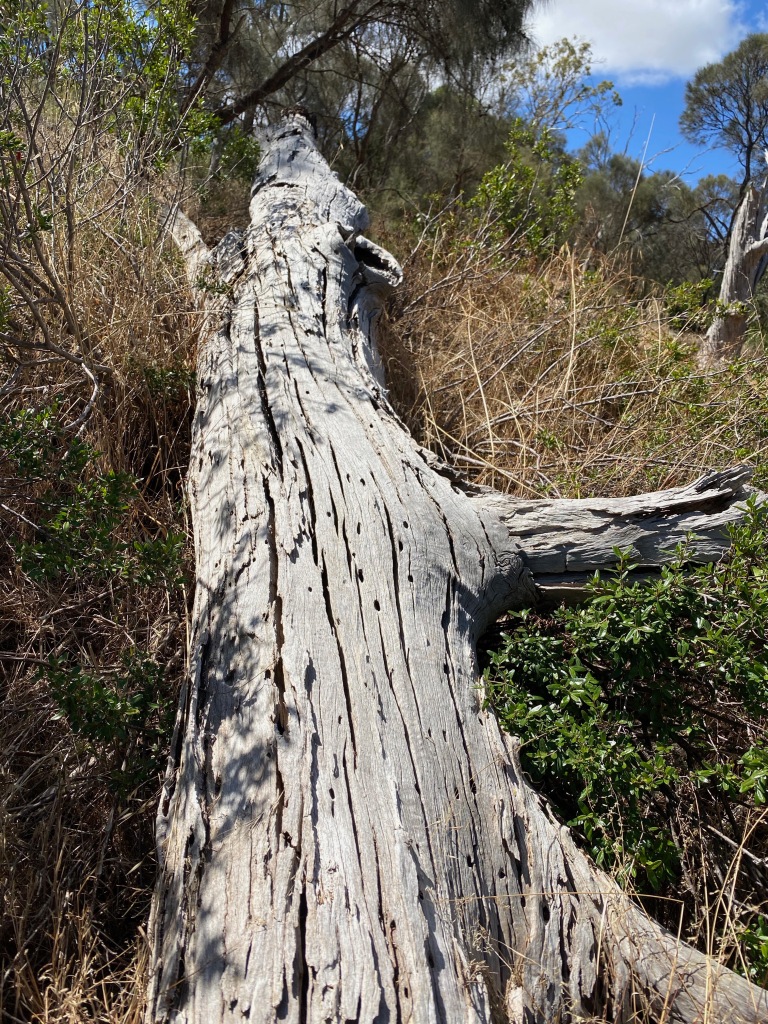

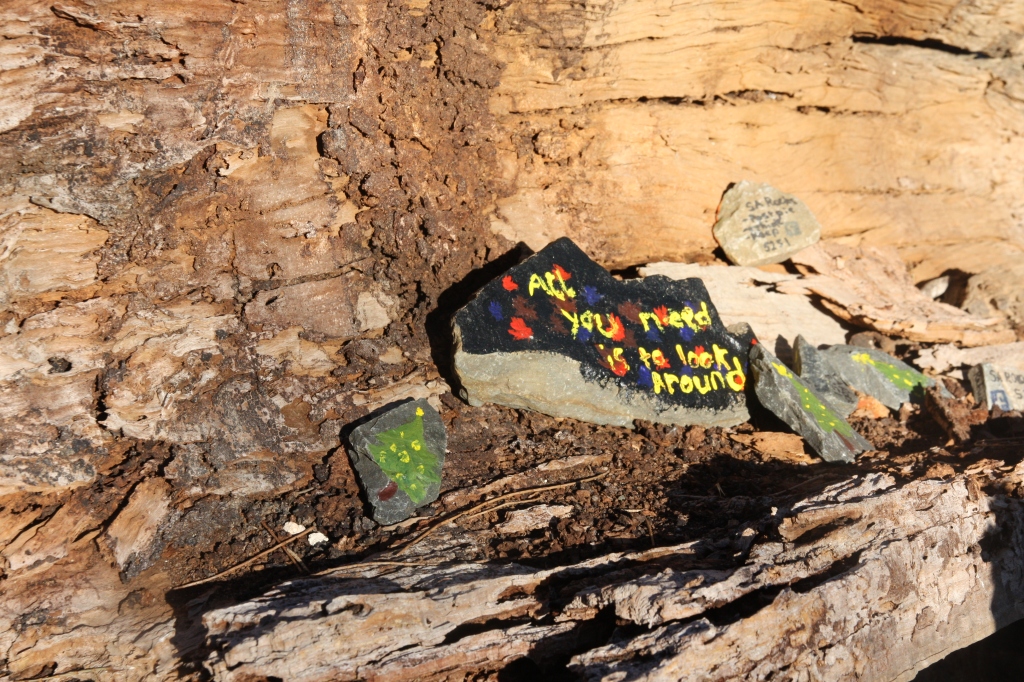

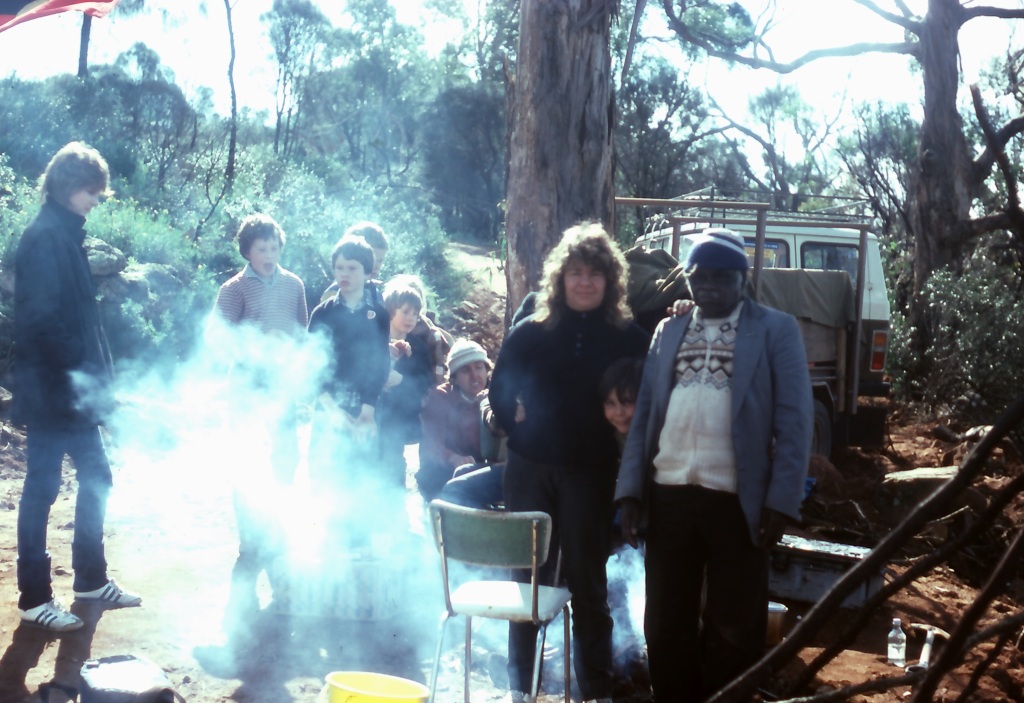
For more information about the tower, go to this link.
https://bobinnes.wordpress.com/tag/communications-tower-mount-barker/